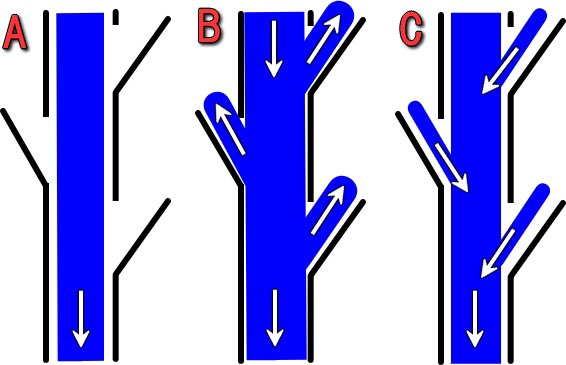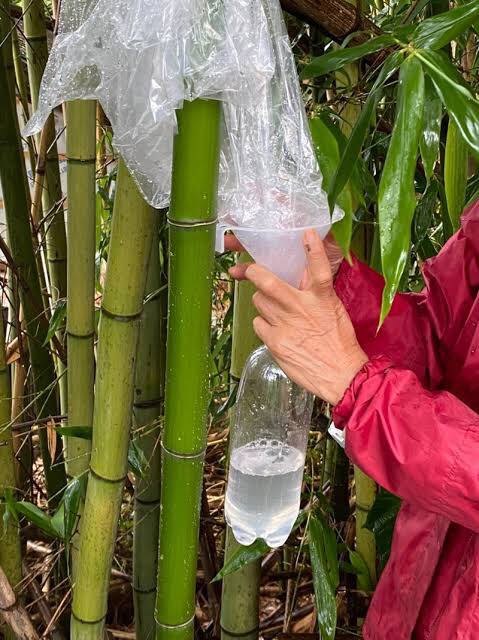
Takeda Shingen (1521-1573) was a Japanese feudal lord and probably one of the most accomplished leaders ever. An excellent military commander he was also a great administrator and inventor of flood control engineering methods that are still in use: the broken levee (Kasumitei). 



A normal levee is closed and depends on forcing flood water to stay in a certain channel. A break is catastrophic. Kasumitei is staggered, with sloped openings. Normally, water flows past the openings, in floods it pushes backwards, inundates sacrificial fields before returning. 

The kasumitei greatly reduces the force of the flood water, guaranteeing the safety of the more valuable towns downstream protected by regular levees. Reduced force means far less scouring, debris, sedimentation, making maintenance of levees and flood plains far easier. 

To make the levees more popular Shingen decreed that peasants maintaining them would be tax free in perpetuity, and he ordered the downstream towns to honor and remember the levees by carrying their gods in procession on top of the levees in April every year. The rhythmic... 



...tramping and masses of men served to regularly compress the levees, thereby saving on expensive maintenance. Normally festivals are in summer, but this festival took place in spring, to give townspeople a chance to inspect "their" levees before the annual summer rains. 

Today the levees are planted with cherry trees, serving much the same purpose as tourists gather to see the blossoms and compact the levees at the same time. The roots of the trees also help bind the soil together, and in an emergency they can be felled to reduce scouring. 

Trivia: the flood shrine goddess is traditionally said to be female, so to stop her the embarrassment of a thousand sweaty half-naked men, the participants to this day must dress up as young girls. Hopefully the goddess will never catch on. 

• • •
Missing some Tweet in this thread? You can try to
force a refresh



































